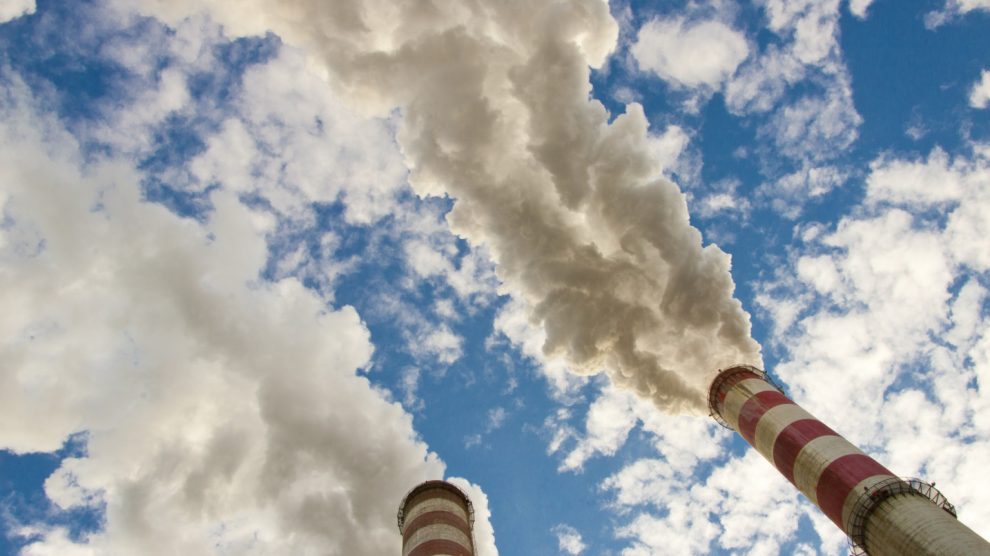Blog
IEA: Emissions Rise Again

The International Energy Agency (IEA) said that emissions have increased again after a nearly 6% decrease in global carbon emissions last year.
The IEA announced on Tuesday that the COVID-19 pandemic slowed economic activity and reduced global carbon dioxide emissions to 5.8% in 2020, but that emissions started to increase again at the end of the year and this increase could continue.
The IEA said in a report that China, the world’s largest emitter of greenhouse gases, was the only country that experienced an increase of 0.8% or 75 million tons in emissions last year compared to 2019 levels.
In India, the world’s third largest source of emissions, emissions rose above 2019 levels since last September as economic activity increased and restrictions loosened.
Dr. “The rebound in global carbon emissions towards the end of last year is a sure warning that not enough action has been taken to accelerate clean energy transitions around the world,” said Fatih Birol. “If current expectations for a global economic recovery are confirmed this year and there are no major policy changes in the world’s largest economies, global emissions are likely to increase in 2021,” Birol added.
Primary energy demand fell 4% in 2020 as quarantine measures and other restrictions restrict industrial activity and transportation.
The IEA said this resulted in an unprecedented drop in carbon dioxide of almost 2 billion tons. This amount is equivalent to subtracting all of the European Union’s emissions from the global total.
In the global energy sector, emissions fell 3.3% last year, the biggest absolute decline in record. Despite the decline in energy demand, the growth of renewable energy generation made the biggest contribution to the decline.
The share of renewable energy in electricity generation increased from 27% in 2019 to 29% last year. Transport-related emissions, on the other hand, dropped 14% last year compared to 2019 levels.
